A view of the military tents from inside the Fitch House
I am the first to admit that I do not take full advantage of the cultural opportunities close to home (I guess I prefer to drive 8 hours to Williamsburg instead!), but I am determined to do better. As part of this endeavor, I drove up to Sturbridge, Massachusetts the other weekend for the special event, “Redcoats & Rebels” at Old Sturbridge Village. I visited OSV once or twice with school groups when I was younger, but remember very little from those visits, and unfortunately had not been back since. I was hoping to visit during the ALHFAM conference this past summer, but unfortunately could not make it to the conference this year. So, when I saw that there was an 18th century event, I just knew that I had to go. Somehow I managed to convince a good friend of mine to accompany me on this adventure. She had never been to OSV or any type of historical reenactment event, so I was excited for her to finally get a glimpse of what intrigues us so much about it.
The sun falls through the front door of the Fitch House
Old Sturbridge Village began as private collections of New England antiques belonging to the Wells family. As their collections grew, they wanted a creative way to display their interests. In the 1930s, they bought a large piece of property from David Wight and began transforming it into a small village where trained professionals could demonstrate the trades and techniques which produced the items in their collections, which could now be displayed in homes or buildings as they would have been used in their time. Several historic buildings were moved from various locations to serve as the backdrop for this working village. The village opened to the public in June 1946, and today the conglomeration of buildings, artifacts, and demonstrations provide an interpretation of New England life from 1790 to 1840.
An interpreter demonstrates cooking at the Freeman Farm
Interpreters recruit some help with the wood
The kiln at the pottery (or the pizza oven as one young visitor called it)
Most of the regular museum exhibits (if not all) were open during this special weekend, so we took the opportunity to take a look around. First, we took a walk through the Salem Towne House. The house was built in 1796 in Charlton, Massachusetts and moved to OSV in 1952. The interior decorations, furniture, and other items reflect the time period of the 1820s when the house was inhabited by Salem Towne, Jr. and his wife Sally, along with their nine children and hired help. While most attributes of the home are decidedly New England in style, the front entrance hall and the upstairs hall reminded me very much of the Wythe House in Williamsburg. I think the brightly colored wall paper may have something to do with this.
Towne House, upstairs hall
Towne House, downstairs hall, looking out the back door
A close-up of the hall wallpaper and mirror downstairs
One of the most interesting aspects of this house to me is the upstairs “ballroom” which spans the width of the house. Interpreted in this room are two bedrooms, one on each far end, with a work space in the middle. Trees are painted on the walls and on the ceiling is a gorgeous deep sky blue with Masonic symbols painted at one end of the room. Salem Towne, Sr. was a founding member of the Lodge in Charlton which held meetings in this room for almost ten years.
Towne House upstairs ballroom, looking to the left
Towne House upstairs ballroom, looking to the right
Towne House upstairs ballroom ceiling
Just before the battle began, we popped into the Saw Mill, which is a reproduction built by OSV in 1984. We only walked through quickly, but it immediately reminded me of the mill where Pa (Michael Landon) worked in Little House on the Prairie.
The Saw Mill
For museums, it can be a struggle to get visitors involved enough to truly comprehend what it was like to live in a particular time period. Showing live portrayals of trades and crafts is always a wonderful avenue, as are hands-on exhibits, which I think OSV has accomplished with some innovative ideas. One such interactive experience is the Fitch House, which allows visitors to roam freely throughout the house; they can sit on the furniture, open drawers, and try on some clothing of the time.
The Fitch House offers a full hands-on experience
Plenty of drawers to open and papers to read inside the Fitch House
Children can try on 1800s clothes
Also in the hands-on category is a life-sized replica of a cow where visitors can actually “milk” the “cow” to get a sense of some daily farm chores. Don’t worry, they have plenty of real animals too!
We had the chance to "milk" the "cow"
This was the eighth annual Redcoats & Rebels weekend at OSV and it's been called the largest reenactment in New England, with over 800 reenactors participating. The troops, who all hail from New England, offered an extensive and varied look at the military participants of the time. (A full listing of the troops can be found in this press release.)
The military tents were visible as soon as we walked into the village. The common green was full and tents were erected on every spare piece of ground. Each group of tents was identified with a marker indicating the regiment and offering a brief history of the group being portrayed. I found this to be very helpful, since most of the tents did not have regiment names and numbers on them.
Walking into the village
Tents on the common with the Center Meetinghouse in the far back
We strolled through some of the camps and took a look at some of the medical instruments laid out. The Stow Minutemen provided some fife and drum music and the Kings Rangers hosted a brief lesson in dance. I think the overall ambiance and the actual battle reenactment were portrayed successfully. I have seen some concerned comments regarding the lax standards of authenticity at this event. I am not involved in military or camp reenactments (yet), so I do not think I can offer a very accurate or fair assessment. I did notice some interesting choices in clothing, most particularly in the women; however, I did not study them too closely, as I assumed that they were most likely visitors dressed for the occasion, who cannot be monitored as such (and which we all know can sometimes result in some mortifying choices). Speaking of dress... On the schedule was listed "Ladies of Refined Taste: A Fashion Show." As the presenter explained, it was not going to be a show of wealthy fashions after all, but rather some examples of the working class instead. At first I was disappointed, but this ended up being a very neat idea. The presenter read various runaway ads from the 1770s; as she read each one, an interpreter dressed as the described runaways passed through.
This was my first time experiencing an actual battle reenactment. I’ve seen plenty of military demonstrations and camps before, but not an actual battle. We watched the troops line up at the town common and followed in a large crowd as they made their way over the covered bridge and down to the Freeman Farm fields. One of the British troops separated and marched back into the woods behind the fields.
The troops preparing to march into battle
The spectators
Redcoats vs. Rebels
As the battle progressed, we made our way further up the hill to stand along a fence near the pathway. One of the OSV employees monitoring the crowd was close by. I overheard him explaining some of the intricacies of the event to interested visitors. The morning prior to each battle, they hold a meeting to discuss how the fight will progress. Apparently, it never goes as planned – they never know exactly where the troops will go or how long it will last. Part way through the battle, fire ceased and we were asked to make way for paramedics. A few moments later, with no sign of any paramedics (at least from my view), battle commenced. Apparently, it was not a serious injury. Since the Redcoats won the battle on Saturday, it was predetermined that the colonial army would win on Sunday. Below is a video of the Redcoats final retreat over the fields:

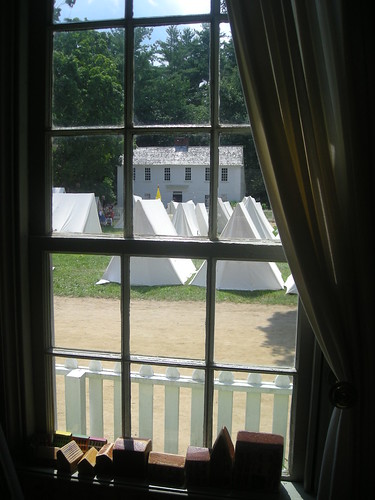
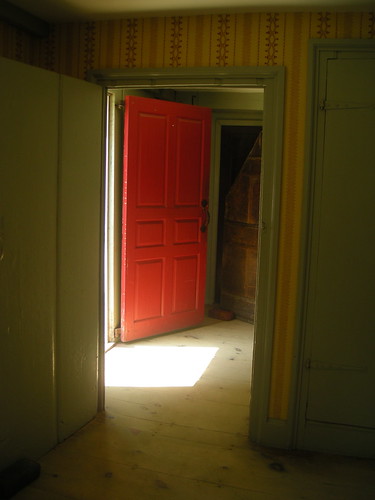
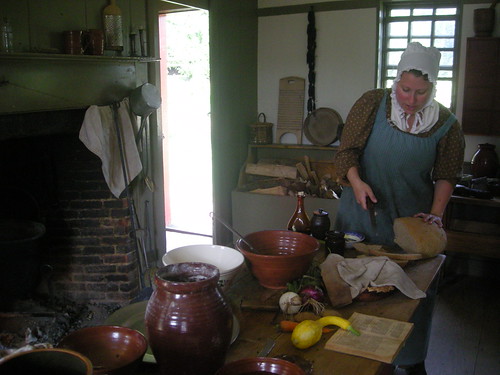

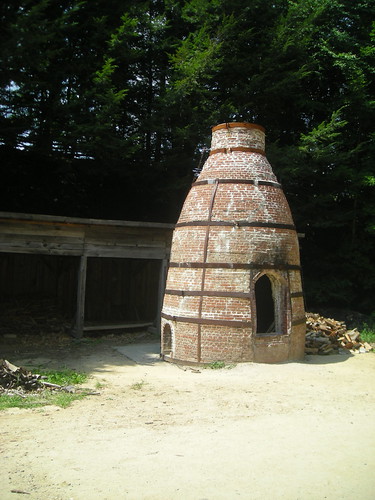

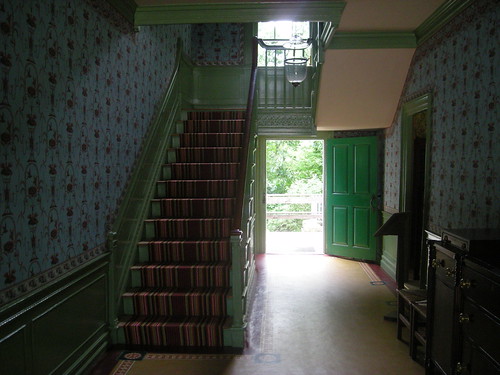
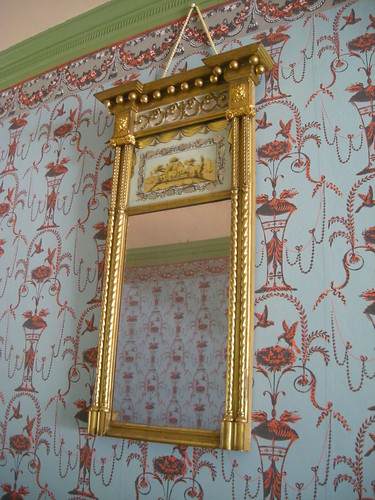
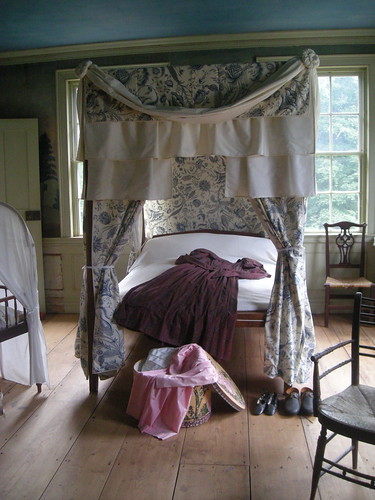

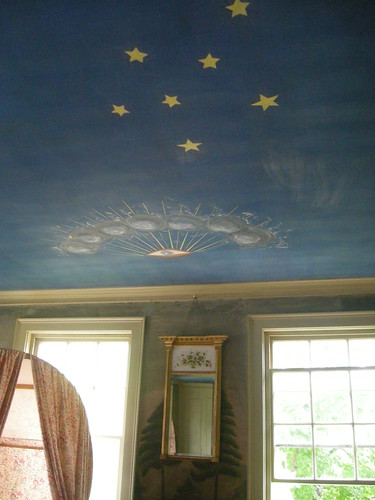
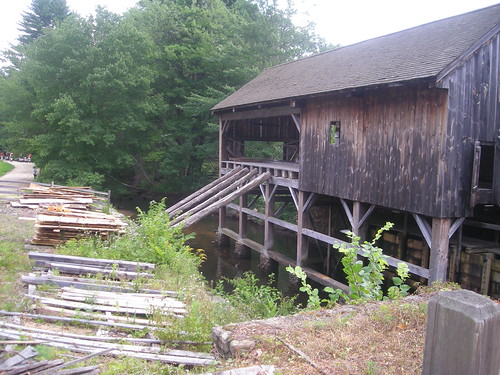


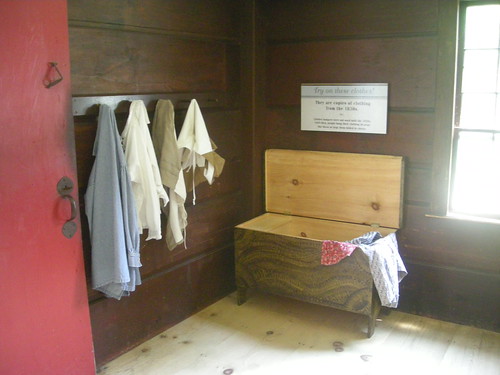
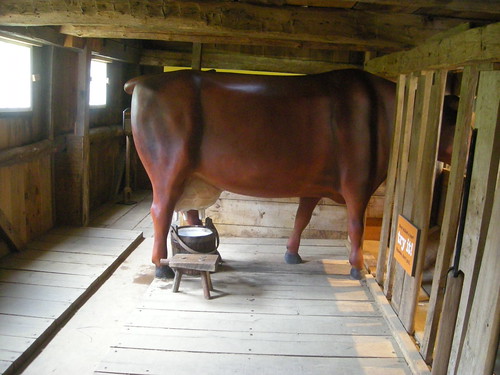

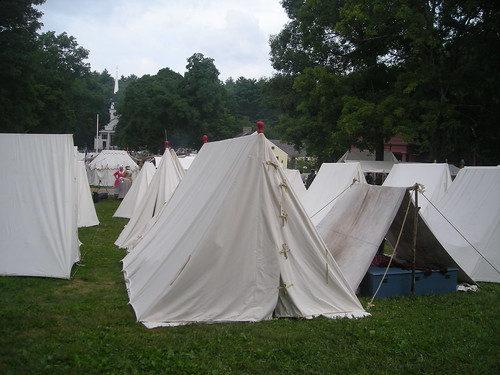
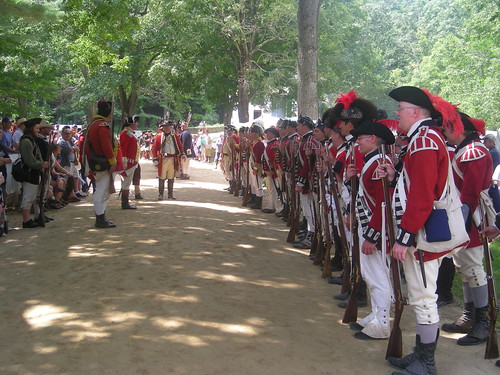


1 comment:
Ashley, that house does remind me of the Wythe house and the lumber mill does remind me of Pa Ingalls'! How interesting! You take great pictures. I would never think to get some of those angles.
Laurie
Post a Comment